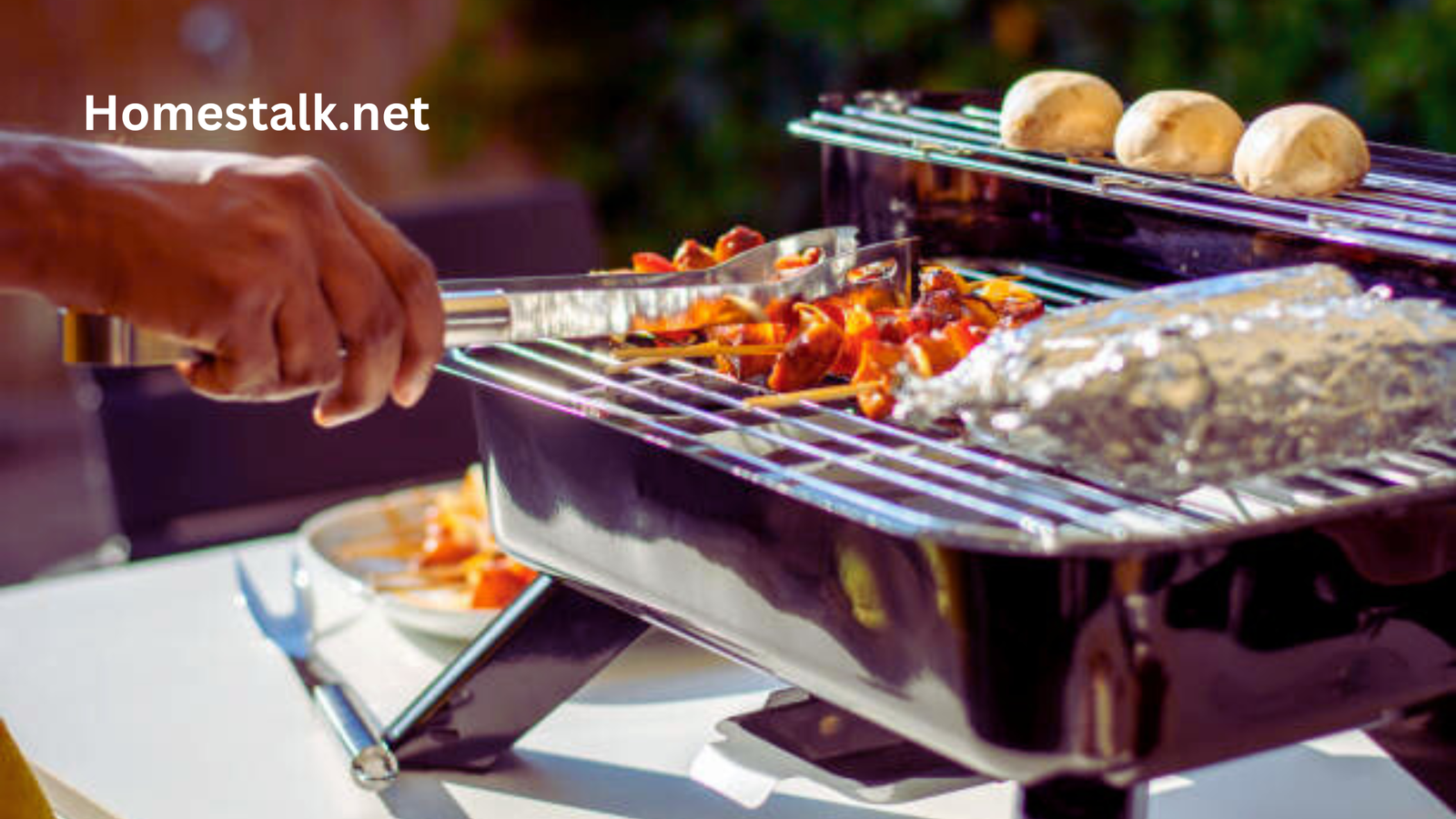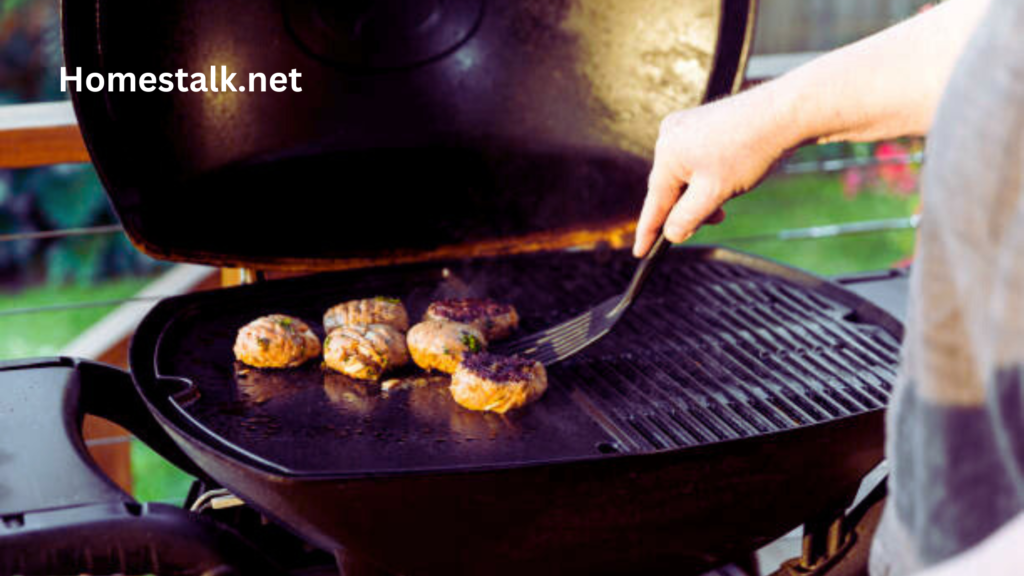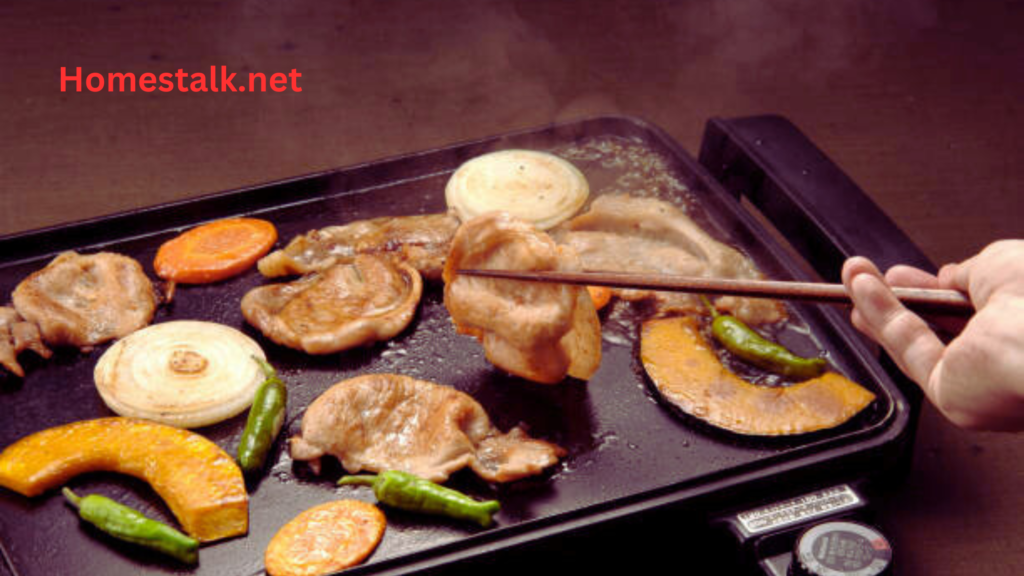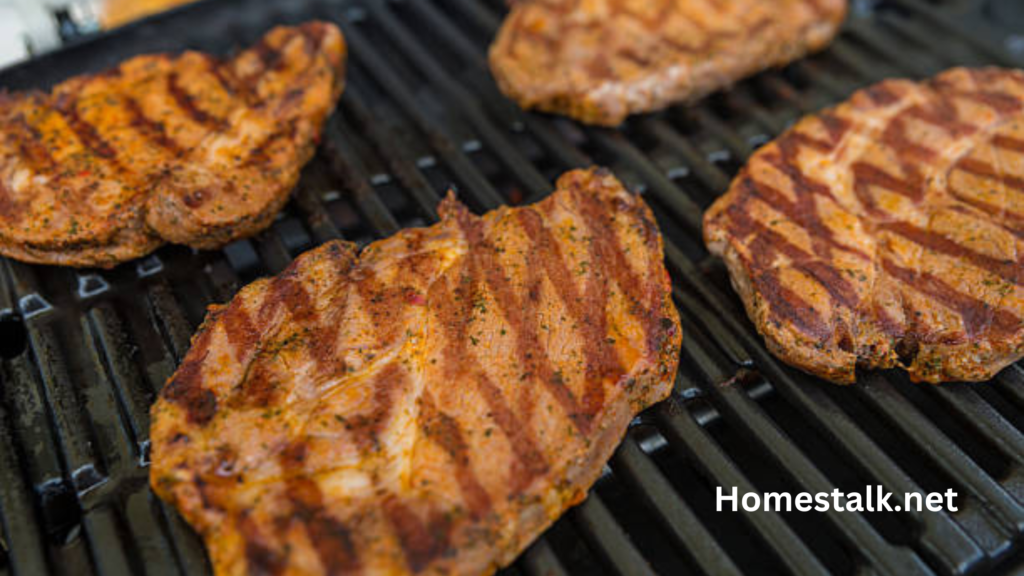
A griddle is a flexible cooking equipment that has been a staple in kitchens for many years. Known for its big, flat cooking floor, griddles can manage a variety of cooking duties from pancakes to steaks. This guide will delve into the sorts of griddles available, their benefits, and hints for attaining perfect effects together with your griddle.
Table of Contents
Sorts of Griddles
1. Electric powered Griddles
Electric griddles are standalone home equipment that plugs into a power outlet. They usually have a non-stick floor and adjustable temperature controls, making them handy and clean to apply.
2. Outdoor Griddles
Outside griddles are designed for use on a grill or open flame. They may be ideal for camping trips or outside barbecues. These griddles are typically crafted from heavy-responsibility substances like forged iron or chrome steel to resist excessive warmth.
3.Transportable Griddles
Portable griddles are compact and lightweight, perfect for small kitchens, RVs, or tents. They often run on propane or butane and offer the convenience of cooking while not having strength.
Benefits of the use of a Griddle
1. Even cooking surface
Griddles provide a big, flat surface that ensures even cooking. That is particularly useful for meals like pancakes, eggs, and Sir Francis Bacon, which want steady warmth to cook dinner properly.
2. Wholesome Cooking
Many griddles include an integrated grease drainage system that allows extra fats to run off, making your food healthier. Additionally, the non-stick floor calls for much less oil for cooking.
3. Comfort
Electric powered griddles with adjustable temperature controls make it easy to cook dinner by diffusion of ingredients at the best temperature. Transportable griddles are extraordinary for on-the-pass cooking, imparting flexibility and comfort.
4. Easy Cleanup
Non-stick surfaces and removable drip trays make cleaning a griddle a breeze. Some griddles are even dishwasher secure, including for their comfort.

Suggestions for perfect cooking on a griddle
1. Preheat the Griddle
Continually preheat your griddle before including meals. This guarantees even cooking and facilitates preventing sticking. Maximum griddles have an indicator mild to permit you to realize when they’re geared up.
2. Use the proper temperature
Exclusive foods require special cooking temperatures. For example, cook pancakes and eggs at a lower temperature, around 300-350°F, at the same time as steaks and burgers want a better temperature, around 375-400°F.
3. Don’t Overcrowd the Griddle
Keep away from overcrowding the griddle to ensure even cooking. Deliver every piece of meal enough space to cook dinner properly and turn easily.
4. Use Cooking Spray or Oil
Even if your griddle has a non-stick floor, it’s an excellent idea to apply a little cooking spray or oil to save your stick and the flavor.
5. Smooth After each Use
To keep your griddle’s non-stick floor in ordinary condition, clean it after each use. For stovetop griddles, an excellent scrub with a brush and soapy water is usually sufficient. For electric griddles, comply with the manufacturer’s cleansing instructions.
6. Season solid Iron Griddles
When you have a cast iron griddle, it’s important to season it often to keep its non-stick homes. Coat the floor with a thin layer of oil and warm it till the oil is absorbed.
How to Prevent Flavor Transfer When Using a Griddle
A griddle is a flexible kitchen tool, capable of cooking a spread of foods from pancakes and eggs to burgers and veggies. But, one common problem that customers face is taste switching – while the taste of one food consists of switching to the next dish cooked on the griddle. To prevent this and make certain each dish keeps its specific taste, observe those suggestions and great practices.
Know-how flavor transfer
Flavor transfer occurs while residual oils, seasonings, or food debris from a previously cooked dish affect the taste of the subsequent object cooked on the identical surface. This is specifically commonplace whilst cooking sturdy-flavored foods like fish, onions, or garlic, which could leave behind potent flavors and aromas.

Steps to prevent taste transfer
1. Easy Griddle among uses
On the spot cleansing
Scrape Off Residue: After cooking, even as the griddle remains heated, use a spatula or scraper to remove any food particles or grease.
Wipe Down: Use a moist fabric or paper towel to wipe the floor smoothly. This facilitates putting off any lingering oils or flavors.
Deep cleansing
Soapy Water: For a greater thoroughness, especially after cooking strong-flavored foods, wash the griddle with warm, soapy water. Use a non-abrasive sponge to keep away from the floors.
Rinse and Dry: Rinse off all cleaning soap residue and dry the griddle completely to prevent rust and ensure it’s geared up for the following use.
2. Use Separate Sections
In case your griddle is massive enough, designate unique sections for cooking exclusive types of foods. As an example, use one side for savory objects like meats and vegetables, and the alternative for sweet ingredients like pancakes and French toast. This facilitates limited taste crossover.
3. Seasoning the Griddle
Proper Seasoning
Cast Iron and Carbon metal Griddles: often season your griddle to create a non-stick surface that still helps save you flavor absorption. After cleaning, follow a skinny layer of vegetable oil and warmth the griddle until the oil bonds to the surface.
Re-Seasoning: in case you see flavors lingering after cooking, re-season the griddle to refresh the floor and get rid of any absorbed flavors.
4. Use Oil and Cooking Spray wisely
Neutral Oils: while cooking one of kinds of ingredients, use neutral oils like vegetable or canola oil. These oils have a moderate flavor and are less able to make contributions to the taste switch.
Cooking Spray: follow a mild coating of cooking spray before cooking to create a barrier that facilitates preventing food from sticking and flavors from transferring.
5. Prepare dinner in order of depth
Whilst cooking multiple gadgets at the griddle, start with milder-flavored ingredients and develop into stronger-flavored ones. As an instance, cook dinner pancakes and eggs first, followed by vegetables and meat. This reduces the chance of sturdy flavors affecting milder dishes.
6. Use Parchment Paper or Aluminum Foil
For specially sensitive or mild-flavored meals, don’t forget the use of parchment paper or aluminum foil as a barrier between the meals and the griddle surface. This approach is specifically useful for cooking objects which you don’t want to absorb any residual flavors.
7. Normal upkeep
Check for put on and Tear: regularly inspect your griddle for symptoms of damage, consisting of scratches or deteriorating non-stick surfaces. Damaged areas can entice flavors and make it more difficult to smooth the griddle thoroughly.
Replace while necessary: if your griddle’s non-stick coating is significantly broken or if it has to switch flavors notwithstanding the right cleaning, it is probably time to update it.

Materials Used in Griddle Manufacturing
1. Solid Iron
Solid iron is a popular material for griddles because of its exquisite heat retention and even heating residences. Cast iron griddles are acknowledged for their sturdiness and potential to develop a herbal non-stick surface with proper seasoning.
2. Chrome steel
Stainless-steel griddles are preferred for their resistance to rust and corrosion, making them particularly long-lasting and smooth to hold. They even provide heating and are regularly used in professional kitchens.
3. Aluminum
Aluminum griddles are lightweight and heat up speedily, offering remarkable heat distribution. They’re frequently anodized or covered with a non-stick floor to decorate their cooking homes and sturdiness.
4. Carbon steel
Carbon metal griddles integrate a number of the best features of forged iron and chrome steel. They are lighter than cast iron but provide similar warmness retention and distribution. Like forged iron, they require seasoning to keep their non-stick residences.
5. Non-Stick Coatings
Many griddles, especially the ones made of aluminum or metallic, function as non-stick coatings. Those coatings, regularly made from materials like Teflon, make cooking and cleaning simpler by way of preventing food from sticking to the floor.
The producing system
1. Cloth selection and training
The first step in griddle manufacturing is selecting the right fabric based totally on the preferred residences of the final product. The uncooked materials are then organized for the manufacturing procedure:
Solid Iron: Iron ore is melted and combined with carbon to create cast iron. The molten iron is then poured into molds to shape the griddle form.
Chrome steel: stainless-steel sheets are cut and shaped to the favored dimensions. The sheets may be treated to beautify their properties, including a layer of chromium for rust resistance.
Aluminum: Aluminum is either solid or extruded into the form of a griddle. Anodizing or coating approaches may comply with to enhance sturdiness and non-stick residences.
2. Forming and Shaping
As soon as the uncooked material is prepared, the next step is to form and form the griddle:
Casting (for forged iron): The molten solid iron is poured into sand molds, which outline the shape and size of the griddle. As soon as cooled, the molds are damaged, leaving the griddle castings.
Stamping and pressing (for stainless steel and Aluminum): Sheets of steel are stamped or pressed into the favored shape for the use of heavy machinery. This technique can create a flat cooking surface and any ridges or patterns required.
3. Machining and completing
After forming, the griddles undergo numerous machining and completing tactics to make certain an easy and functional surface:
Grinding and polishing: The cooking surface is ground and polished to remove any difficult edges or imperfections, ensuring a smooth, even floor.
Drilling and reducing: Any essential holes or cutouts, along with those for handles or grease traps, are drilled and reduced.
4. Coating and Seasoning
Relying on the fabric, the griddle can also get hold of extra treatments:
Non-Stick Coating (for Aluminum and stainless steel): The griddles are sprayed or dipped in non-stick coating substances after which they are cured in an oven to bond the coating to the metallic.
Seasoning (for forged iron and carbon metal): those griddles are by way of applying a skinny layer of oil and heating them to create a protecting, non-stick floor. This process may be performed within the manufacturing unit, or the case person can be informed to do it in domestic.
5. Meeting and high-quality manage
The final steps contain assembling any additional components and carrying out high-quality control exams:
Take care of Attachment: Handles, whether integrated or separate, are attached securely. This will involve welding, riveting, or bolting.
Inspection: every griddle undergoes thorough inspection to check for defects, make sure even surfaces, and affirm the integrity of coatings and seasonings.
6. Packaging and Distribution
As soon as the griddles bypass first-class manipulation, they are cleaned, packaged, and organized for distribution. Packaging is designed to defend the griddles during delivery and regularly includes commands for use and protection.
The production of griddles is a complex way that mixes material technology, special engineering, and skilled craft skills. From choosing the proper materials to forming, completing, and best managing, every step is crucial to producing a griddle that gives sturdiness, performance, and outstanding cooking overall performance. Whether or not made from solid iron, chrome steel, aluminum, or carbon metal, a properly-synthetic griddle is a flexible and valuable tool in any kitchen.